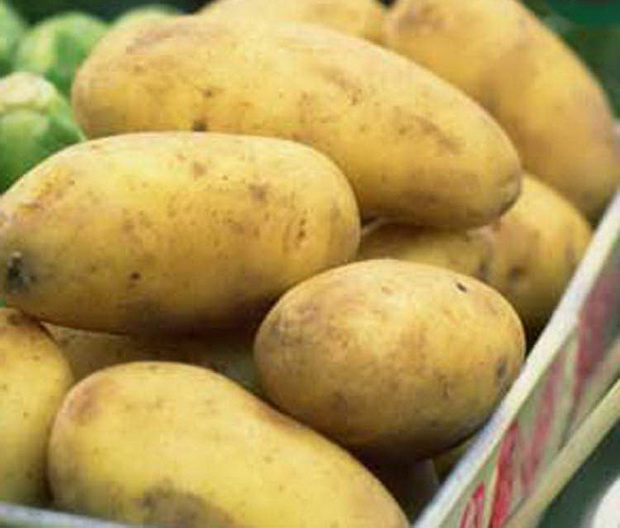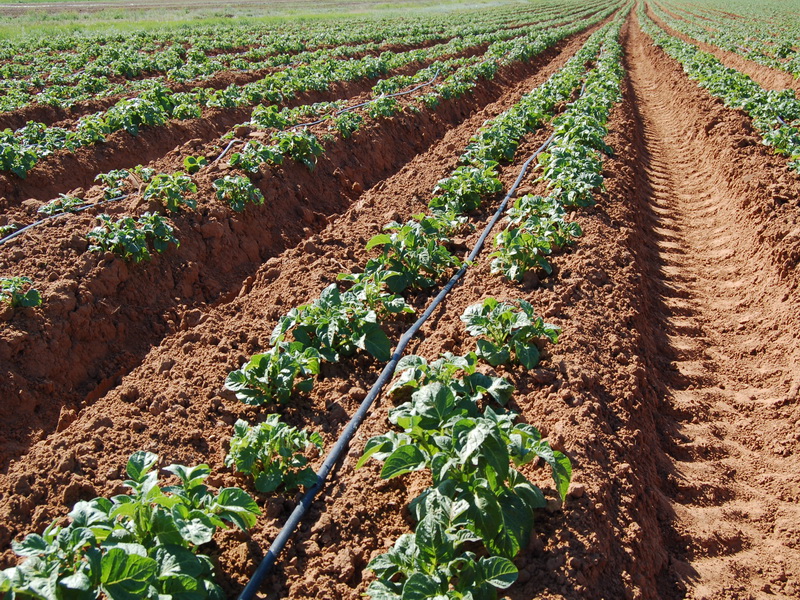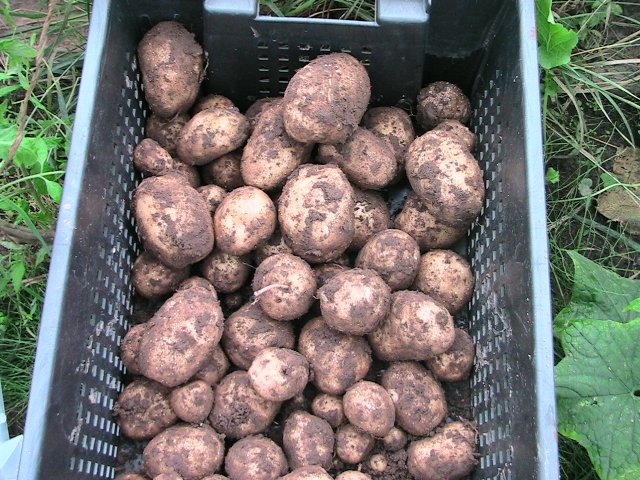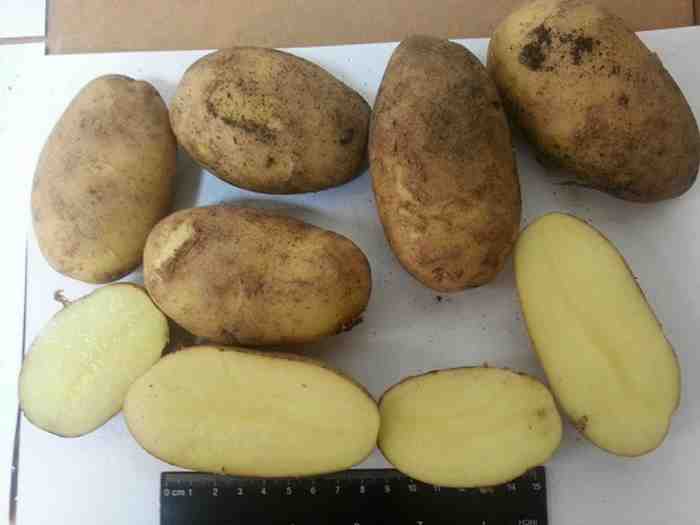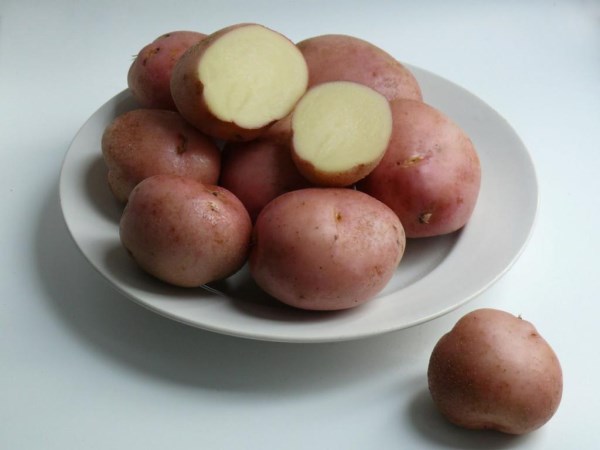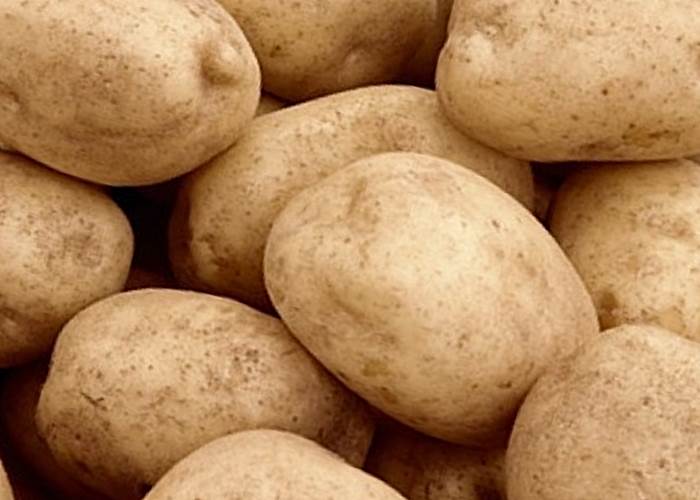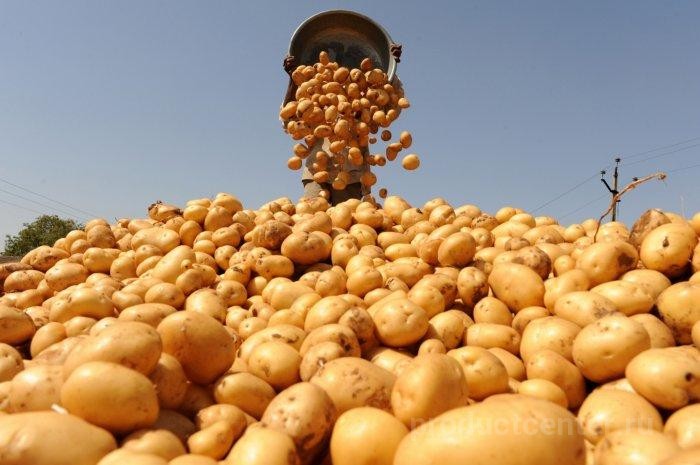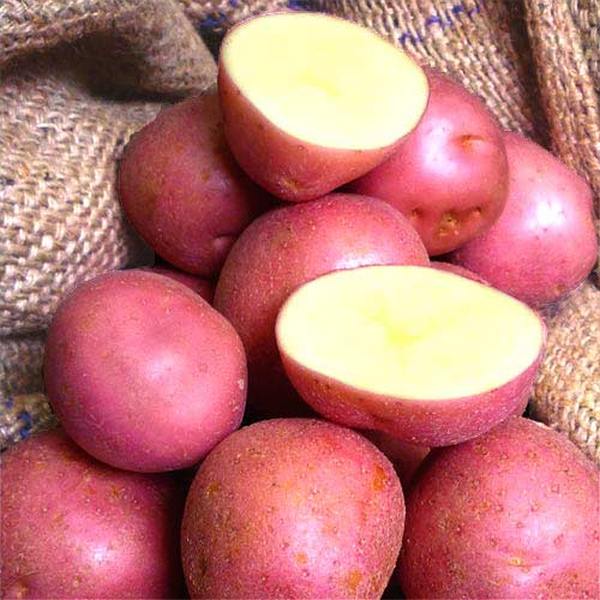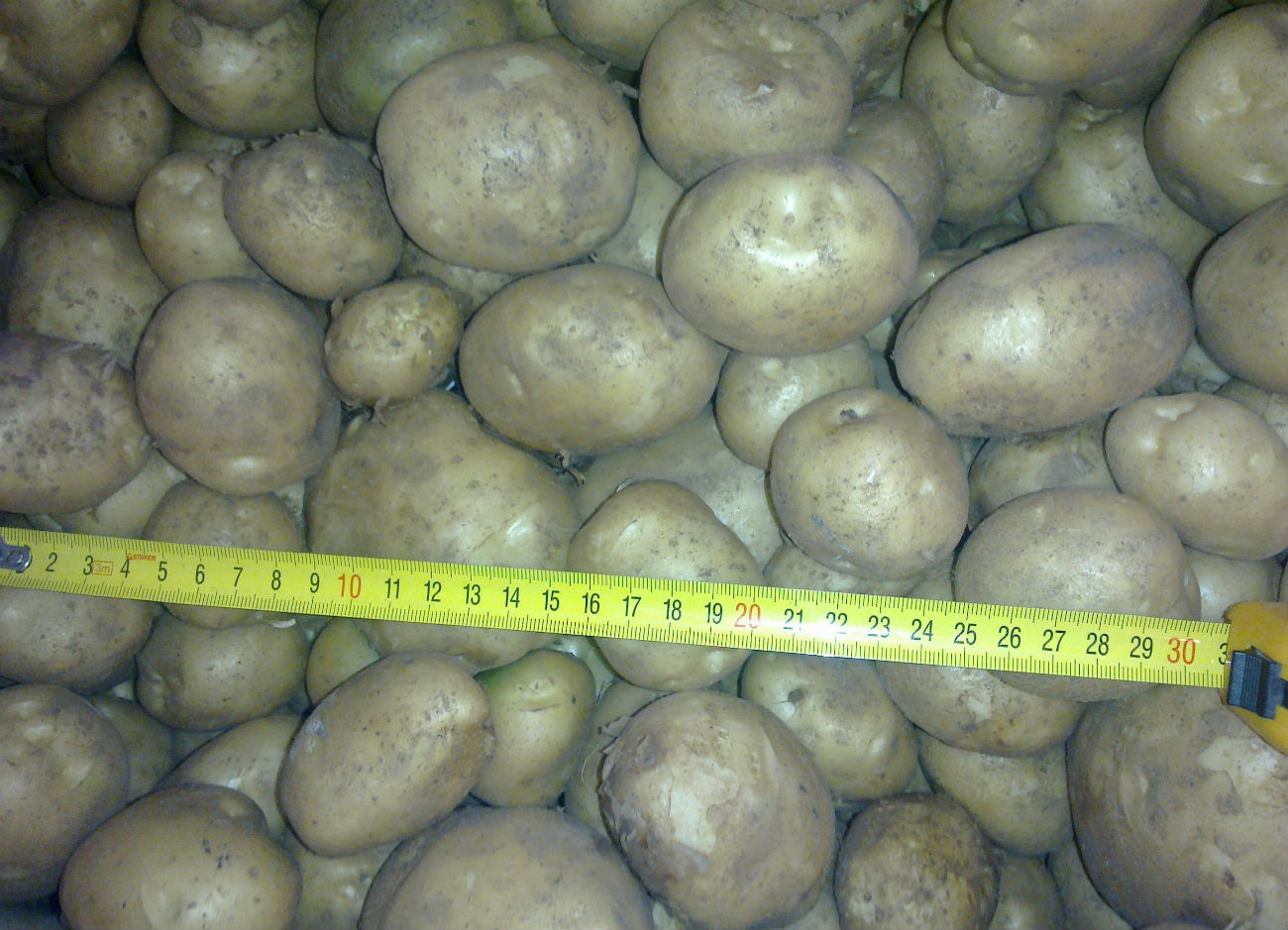Content:
Potatoes are grown in most of the territory of Russia; they are included in the diet of almost every person. Since the climate in the country is uneven, new varieties of potatoes were developed that can be grown practically throughout the country. One of the most unpretentious and fruitful varieties is the Lina potato. This type of potato is distinguished by its good taste, unpretentiousness and productivity.
The history of the creation of the variety
This type of root crop was bred at the Siberian Research Institute of Plant Production and Breeding in 1978. Its main property is unpretentiousness, thanks to which it can be grown in regions with an unfavorable climate: Moscow, Moscow region, Novosibirsk, St. Petersburg and in other regions with an unfavorable climate. For many years, this type of root crop was the best.
Description of characteristics
The peel of this type of root crop is yellow, inside the potato is white. The fruits are oval in shape with a smooth surface. The number of eyes on the root crop is low. Due to its appearance and long shelf life, this type of potato is highly valued in the market.
The starch content in the tuber ranges from 11-18%. The potato fruit reaches a weight of up to 250 grams.
The "Lina" potato variety has long and rather abundant flowering. Flowering period description:
- The flowers of the plant are small, white in color;
- The tops of the plant are not very branched, straight and tall, have a light green tint;
- The leaves, like flowers, are small in size.
After the tops are completely dry, the fruit ripens.
Agrotechnics
Landing rules
Varietal potatoes are grown practically throughout Russia and Ukraine. Planting of this type of root crop is allowed when the ground warms up by 6-8 degrees at a depth of 10 cm. Usually, the topsoil at such a depth warms up in late spring, early or mid-May. Seed potatoes "Lina" should weigh more than 30 grams, but not more than 100 grams, it is undesirable to use damaged or spoiled seed tuber. For sowing, the same medium-sized tubers should be selected, since the yield of the root crop depends on the quality of the seeds.
The seeds do not need to be buried deep, the ideal depth is 12 cm, since deeply planted fruits do not yield a good harvest, but they have abundant tops. In the event of a threat of frost, the planted seeds can be hilled. Hilling should be done when the tops have appeared.
To get a large harvest, you should know at what distance to plant seeds:
- Row spacing - 60 cm;
- The distance between the seeds is 20 cm.
You need to plant in the soil saturated with useful substances. In order for the yield to be high, it is advisable to plant in the place where they grew:
- Linen;
- Leguminous plants;
- Cereals, especially after wheat;
- And after the annual herbs.
Or, you can plant varietal potatoes after 2 years of resting the land, but first it is advisable to saturate the earth with useful substances.
Plant care rules
The plant is unpretentious, but still requires care.Before shoots appear, it is recommended to water the plant and loosen the ground as often as possible. At the first time after planting, if there is a threat of frost, the planted areas should be covered, but the covered layer should not be more than 5 cm.After the seeds sprout, they need to be spudded, during the entire ripening period they should be spilled 2-3 times. Do not give a site planted with potatoes to overgrow with weeds. You can also carry out the plant feeding procedure from time to time to further increase the fruit yield. Drought and frequent rains do not affect the yield of the fruit. But it is advisable not to allow the plot to dry out or exceed the percentage of moisture in the ground, if this is caused by unnatural reasons (frequent or rare watering).
Harvesting
After 80 days from planting, harvesting can be carried out. It is advisable to clean when the ground is dry, so it will be easier to work. Before digging out the fruit, the area should be cleaned of grass and tops, but the tops should not be cut off completely, the aboveground part should be left, as this has a beneficial effect on the safety of the fruit and it will be possible to find out the exact location of the tuber from it. After harvesting, the potato tubers must be dried. Dry fruits quickly deteriorate. Then the potatoes can be put into boxes or bags. To preserve the presentation, the fruits should be transported in boxes. You need to store root vegetables in a cool room, the temperature in which does not exceed 5 degrees.
Advantages and disadvantages of Lin's root crop
Lana potatoes are a medium early variety with a high yield. The main advantages of this type of root crop are as follows:
- Suitable for both cooking and production of chips. Due to its commercial appearance, this plant variety is very popular in the market;
- The variety is not susceptible to potato cancer and the action of microorganisms that contribute to the development of late blight. However, the golden nematode is a plant hazard;
- Differs from many other varieties in good taste;
- Has an excellent presentation;
- Frost resistance, drought resistance;
- In addition, this variety does not require special care.
Disadvantages of the variety:
- High starch content - up to 18%;
- The umbilical cord is strongly depressed into the tuber.
One of the highest-yielding types of root crops is the "Lina" potato. The positive characteristics of this variety were compiled by the best specialists in the field of plant growing, the root crop is resistant to droughts and torrential rains. The peculiarity of the root crop is that the plant does not require special care, but it has an attractive presentation: a smooth surface with small eyes, an oval shape. All fruits are practically the same size.
